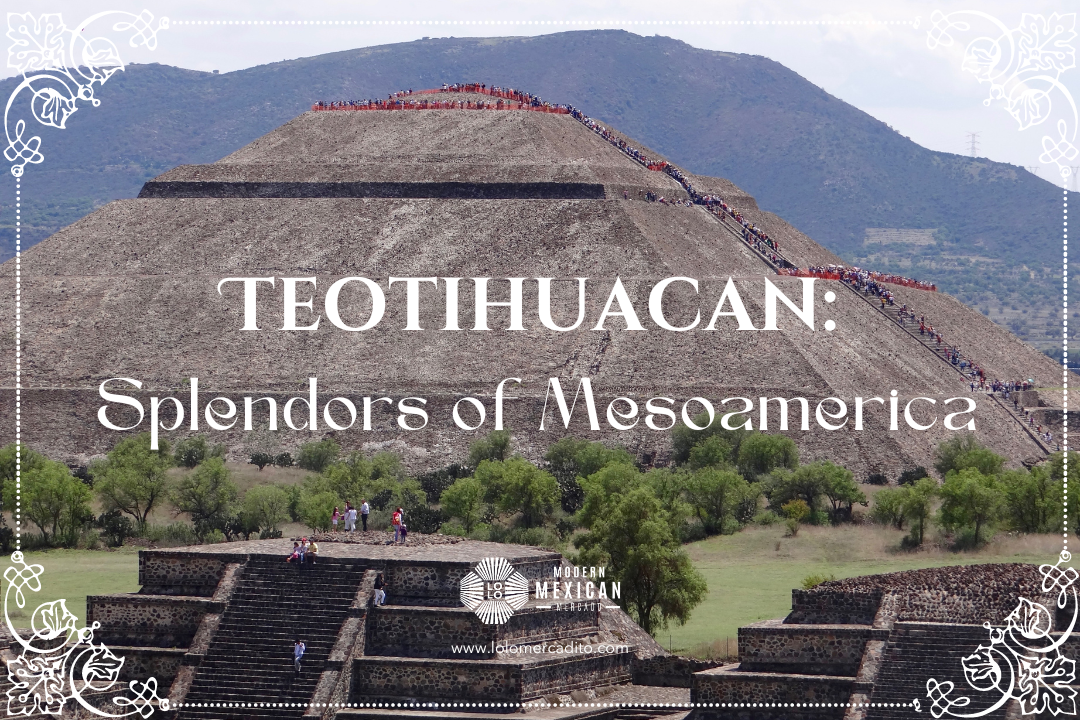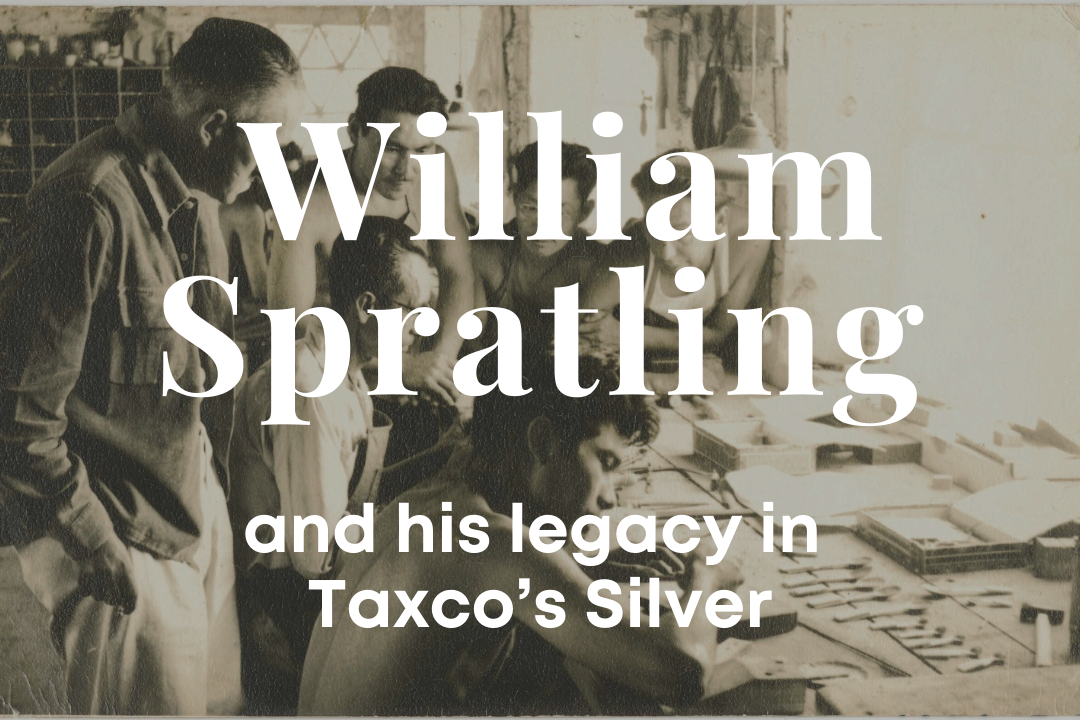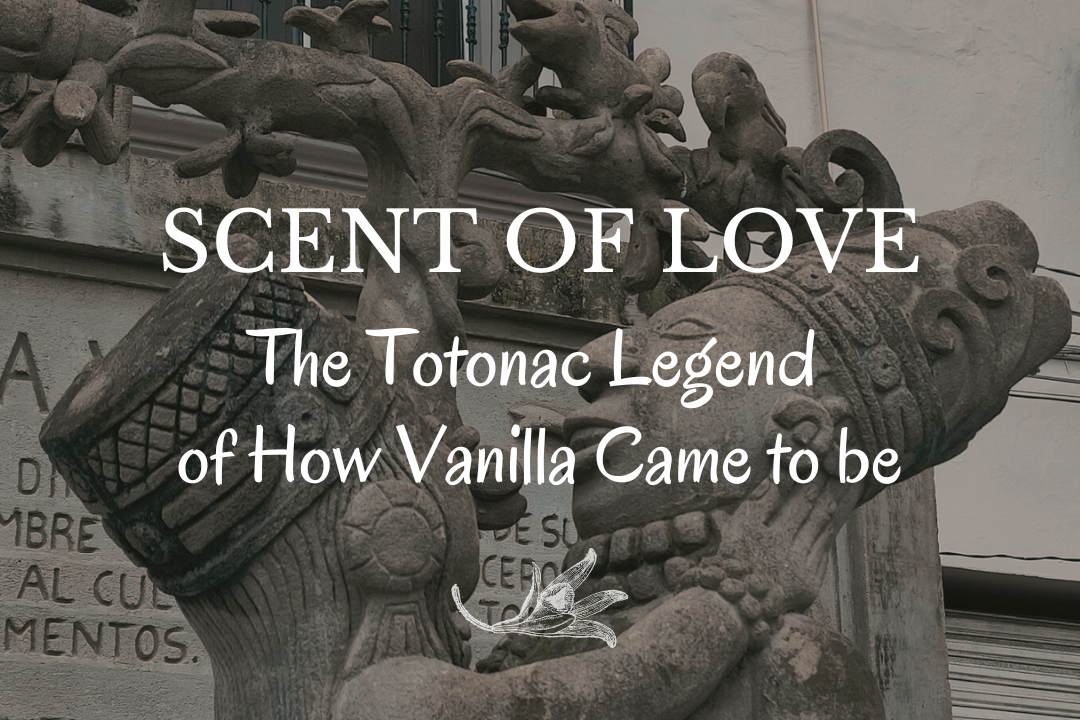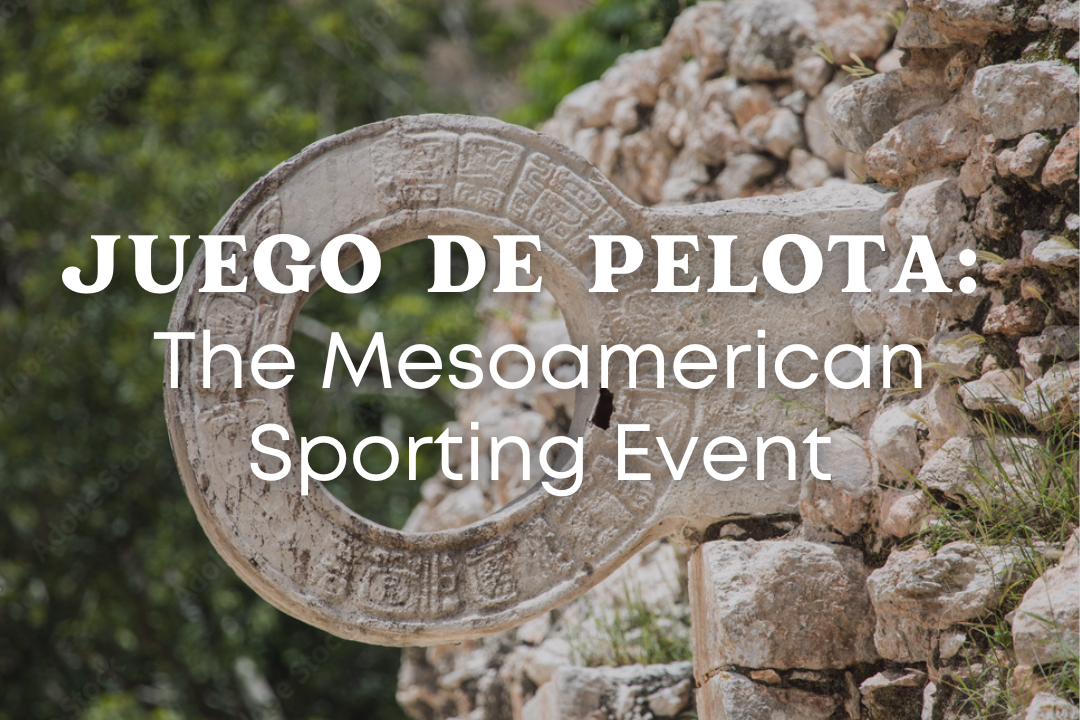From náhuatl: Teōtihuácān, "place where the gods were made" or "city of the gods" Teotihuacan is the name given to what was one of the largest cities in Mesoamerica during pre-Hispanic times and an extraordinary archaeological site located just outside Mexico City. Among them, the Teotihuacán Pyramids is a must for all those who wish to delve into Mexico's past.
This enclosure accounts for the greatness of Mesoamerican cultures and the complex architectural progress they possessed. Despite its popularity, the Teotihuacan civilization has remained shrouded in mystery. Relatively little is known about the hitherto called "City of the Gods" before the Aztecs found it abandoned.

Today, Teotihuacan stands as a testament to the ingenuity, cultural richness, and architectural prowess of the ancient Mesoamerican civilizations. Its history continues to be unraveled through ongoing archaeological research, offering valuable insights into the lives, beliefs, and achievements of the people who once called Teotihuacan home.
If one word defines Teotihuacán, it is greatness. But the greatness of Teotihuacán does not refer only to its historical importance, its majestic profile, or its intriguing development alone; it also refers to its size and the large number of sumptuous buildings it contains.
Join us as we embark on a journey through time to uncover the marvels of this ancient Mesoamerican city. From towering pyramids to intricate murals, Teotihuacan offers a captivating window into the rich history and culture of the pre-Columbian Americas.
Teotihuacan Enigmatic Origins
Teotihuacan, an ancient culture that thrived from around 300 AD to 600 AD, holds a special place in history. Even though important details are unknown, such as the place of origin of the founders or the specific reasons why the culture disappeared, the archaeological remains indicate that for approximately eight hundred years Teotihuacan was the cultural, political and religious center of Mesoamerica, therefore which naturally exerted its influence on other cultures.
A clear example of the influence that Teotihuacan had on other Mesoamerican peoples—even after the disappearance of the Teotihuacan civilization itself—is present in the Mexicas, or Aztecs as they're commonly known. Upon discovering the city in ruins, they saw it as a divine place, dubbing it "The city of the gods" or "Place where the gods were made." Their belief stemmed from the legend of the Quinto Sol (Fifth Sun), which pointed to Teotihuacan as the birthplace of gods. Interestingly, the name Teotihuacan we use today may not be the original one given by its original creators. Thus, it was that, before the discovery of the Aztecs and the renaming of the city, most of the Mesoamerican peoples felt that they were descendants of the Teotihuacans.
The Aztecs' reverence for an abandoned city like Teotihuacan, transforming it into a sacred site, carried significant meaning. It ensured the preservation of its essence, although it also sparked some confusion along the way. Some mistakenly attribute Teotihuacan's architectural wonders to the Aztecs, unaware that this magnificent city predates their civilization by a long stretch. Additionally, people often mix up Tenochtitlán, the city built by the Aztecs, with the city the Aztecs renamed as Teotihuacan.

Teotihuacan Urban Planning Marvel
Picture this: meticulously planned neighborhoods with bustling markets, housing complexes, wide avenues, and majestic temples. At its peak, Teotihuacán was home to anywhere between 75,000 and 200,000 residents, sprawling across a little over 8 square miles. The city of Teotihuacán was a planned city divided into social classes and with a strong economic growth: artifacts found across Mexico suggest Teotihuacan was a wealthy trade metropolis in its prime that influenced many other Mesoamerican civilizations.
Around 1-150 AD, the grand pyramids, like the famous Pyramid of the Sun, began to rise, marking the beginning of Teotihuacán's urban layout. They formed the foundation of the city's design, with two main axes: one running north to south, and the other east to west.

The location of the pyramid wasn't a mere coincidence and archaeologists have found it to have a purpose and deep symbolism. You see, it was built atop a cave that held profound religious and social significance. This cave represented the center of the universe, and it was essential to erect a structure atop it that embodied such cosmic importance. This sacred concept permeates the entire complex, even extending to the masive Calzada de los Muertos (Avenue of the Dead), which intriguingly deviates 17 degrees from the north.
In this way, it is believed that the urban planning of Teotihuacán acquired its definitive form around the 3rd century AD, when many of the great temples that today distinguish this great complex had already been built.
Teotihuacán truly was a marvel of urban planning, a testament to the ingenuity and craftsmanship of its inhabitants. So, if you ever get the chance to marvel at the pyramids or stroll along these avenues, remember the incredible story behind the city that once stood tall as the beating heart of an extraordinary civilization.
Teotihuacan’s Iconic Structures
Now, when you visit this sprawling complex, get ready for a treat! The public area covers a whopping 264 hectares (23 sq km), and it's where all the monumental buildings take center stage. We're talking about incredible structures like the Plaza de la Ciudadela (The Citadel), the Temple of the Feathered Serpent, the Calzada de los Muertos (the Avenue of the Dead), and the residential complexes that line its path. And let's not forget the iconic Pyramid of the Sun and the Pyramid of the Moon.
If you want the full Teotihuacán experience, here's a little tip: wear comfy shoes and sunblock because there's a lot of ground to cover! But trust us, walking the path and climbing those pyramid steps will be worth it for the history and the breathtaking views.

Mexico never fails to impress with its remarkable historical sites, and Teotihuacan is no exception. The city of the gods, as it was known, holds a special place in Mesoamerican history and continues to captivate visitors from around the world. As we journeyed through the mysteries and marvels of Teotihuacan, we glimpsed into the cultural richness, architectural brilliance, and profound spirituality of the ancient Mesoamerican civilizations.
--
So, what do you think? Have you ever been to Teotihuacán? What was your experience like? Would you like to see a travel guide into Teotihuacan in the future? Would you like more travel tips and insights about Mexico's extraordinary destinations in the future? What places would you like to read about? You know we are eager to share our knowledge and experiences, so let us know if you'd like us to continue uncovering the hidden gems of this vibrant country!









1 comment
Susan Perez
We visited this amazing site just recently and the immense awe of standing in the midst of this incredible piece of my husband’s culture was something I will never forget. The details, the fact that it has stood the test of time, the incredible workmanship. I highly recommend checking this out. And yes, comfy shoes, the steps are very steep!